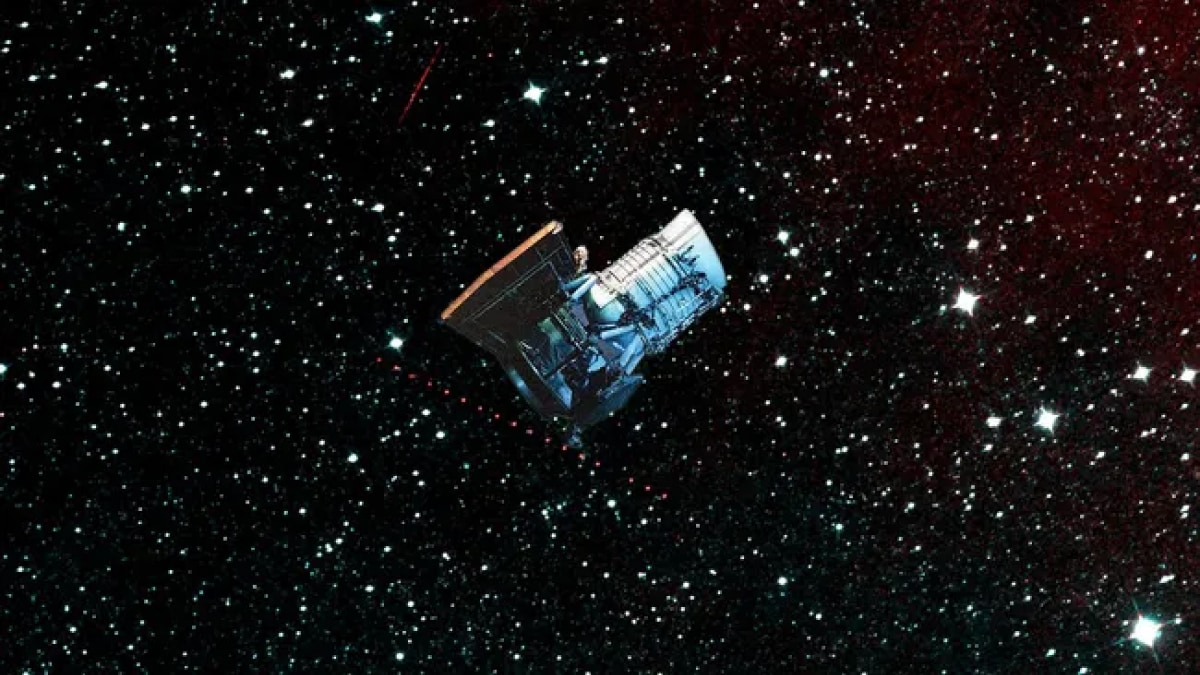
NASA’s asteroid-hunting spacecraft, NEOWISE, has officially concluded its journey, meeting its end as it re-entered Earth’s atmosphere and burned up on 1 November. Over its 15-year lifespan, NEOWISE catalogued nearly 3,000 near-Earth objects, including numerous asteroids, providing critical data for researchers studying potential planetary threats. The space agency confirmed NEOWISE’s re-entry on social media the following day, marking the end of a mission that significantly advanced NASA’s understanding of near-Earth space.
A Two-Phase Mission Evolution
NASA has confirmed that NEOWISE has entered the Earth’s atmosphere after spending 15 yeaers in space. The spacecraft was initially launched as WISE (Wide-field Infrared Survey Explorer) to observe the universe in infrared light. During the first phase, WISE captured some of the universe’s most luminous galaxies, hidden black holes and the coolest stars. However, in 2011, the spacecraft’s coolant reserves depleted, putting it into hibernation. In 2013, NASA reactivated WISE, repurposing it as NEOWISE to focus on tracking near-Earth objects—a critical step toward planetary defence.
Amy Mainzer, who led the NEOWISE project at NASA’s Jet Propulsion Laboratory (JPL), noted that its ability to detect asteroids was initially unexpected, saying in 2019 that it turned out to be exceptionally effective at identifying near-Earth objects. NEOWISE eventually collected vast amounts of data, which Joseph Hunt, its last project manager at JPL, stated would continue to benefit the scientific community for years.
Atmospheric Drag and the End of NEOWISE
The spacecraft’s demise was largely due to the solar maximum, the peak of the Sun’s 11-year cycle, which led to increased solar flares and coronal mass ejections. These solar events warmed and expanded Earth’s atmosphere, creating drag that gradually drew NEOWISE closer to Earth. Without propulsion capabilities, the spacecraft was unable to boost its orbit, ultimately leading to its atmospheric re-entry.
Next Steps in Near-Earth Object Detection
Although NEOWISE is now out of operation, NASA’s efforts to detect asteroids remain active. The NEO Surveyor, a successor mission specifically designed to identify near-Earth objects in infrared light, is slated for a late 2027 launch. Expected to bolster planetary defence strategies, the NEO Surveyor will be NASA’s first telescope dedicated to this critical task, carrying forward NEOWISE’s legacy in protecting Earth from potential space threats



